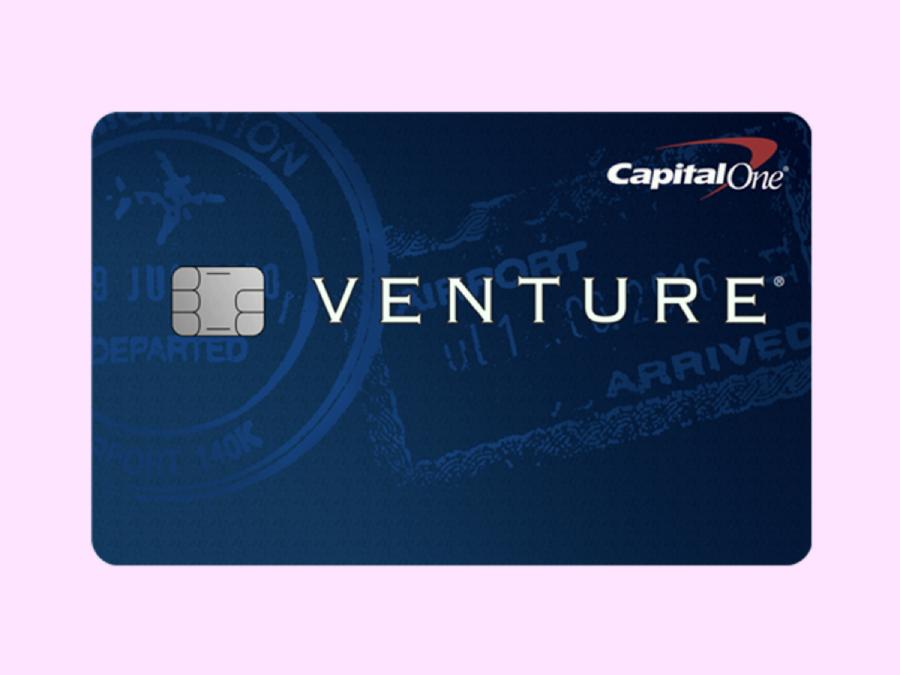Wondering what the average minimum payment on a credit card is?
It’s 1% to 3% of the total balance owed.
BUT!
If you’re searching for this, you’re probably in credit card debt right now and you need a way out.
Don’t worry. We’re here to help. This site is dedicated to getting you out of debt.

Why You Need to Pay More Than the Minimum on Your Credit Card
If you owe $2,000 on a credit card with a 20% interest rate and only pay the minimum monthly payment of $50 (2.5% of the balance), it would take over 7 years to pay off the debt completely.
During this time, you would end up paying a total of approximately $4,238, which includes both the initial $2,000 and an additional $2,238 in interest.
This example underscores the significant impact of high-interest rates and paying only the minimum amount, emphasizing the importance of paying more than the minimum to save money and clear your debts faster.
How to Get Out of Credit Card Debt
The simplest way to get out of credit card debt involves creating a clear plan and sticking to it. Here’s a straightforward step-by-step approach:
- Assess Your Debt: Make a list of all your credit card debts, including the outstanding balances, interest rates, and minimum monthly payments.
- Create a Budget: Determine your monthly income and expenses. Create a budget that prioritizes paying off debt. Cut non-essential expenses to free up more money for debt payments.
- Stop Using Credit Cards: Put your credit cards on hold. Avoid adding more debt while you’re trying to pay off what you owe.
- Pay More Than the Minimum: Always pay more than the minimum payment on your credit cards. If you can, pay as much as you can afford above the minimum. This reduces the principal balance faster and saves you money on interest.
- Snowball or Avalanche Method: Choose a debt repayment strategy. The Snowball Method involves paying off the smallest debt first and then moving on to larger debts. The Avalanche Method focuses on paying off the debt with the highest interest rate first. Pick the one that suits your psychology and motivation style.
- Negotiate Lower Interest Rates: Contact your credit card companies and ask for a lower interest rate. If your credit is good, they might agree, which can save you money in the long run.
- Consider Debt Consolidation: If you have multiple high-interest credit card debts, consolidating them into a single lower-interest loan can make repayment more manageable.
- Seek Professional Help if Needed: If your debts are overwhelming, consider credit counseling or debt management programs. These services can negotiate with creditors on your behalf and help you set up a structured repayment plan.
- Track Your Progress: Regularly monitor your debt reduction progress. Celebrate your milestones, even the small ones. Seeing your progress can motivate you to continue your efforts.
- Build an Emergency Fund: While paying off debt is crucial, it’s also important to have a small emergency fund. This prevents you from relying on credit cards in case unexpected expenses arise.
Remember, getting out of credit card debt requires discipline, patience, and a commitment to your financial well-being. Stay focused, and over time, you can achieve a debt-free life.
Listen to Financial Experts to Help You Get Out of Credit Card Debt
For a complete masterclass in paying off debts, we recommend listening to Dave Ramsey’s Total Money Makeover.







